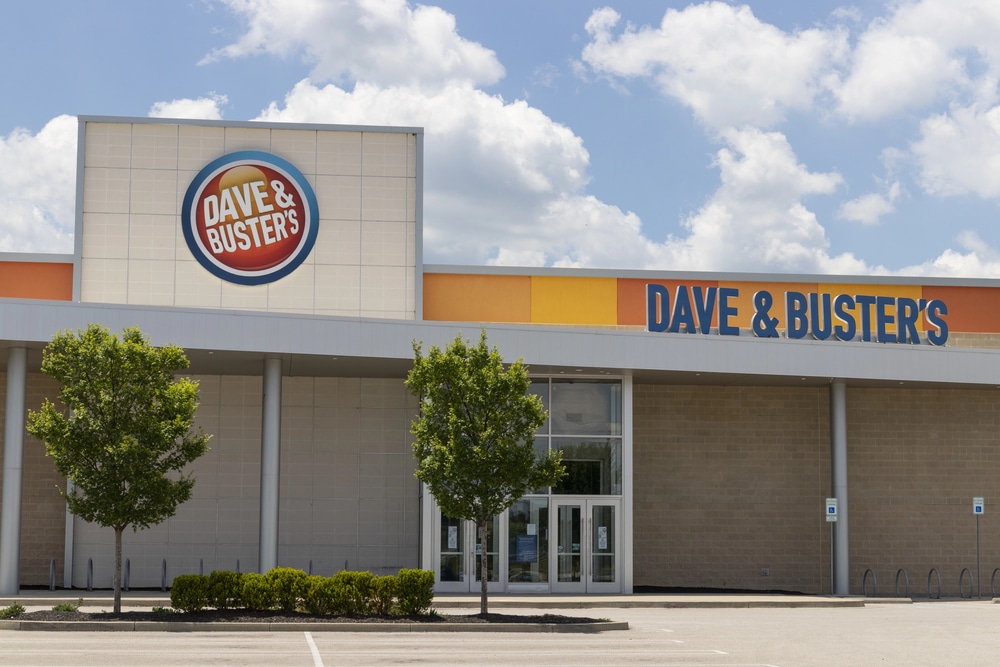Your business sign is more than just a marker—it’s the handshake your brand gives to every potential customer. In just 3 seconds, it tells them whether you’re professional, trustworthy, and worth their time.
A well-designed sign can pull people in, but a poorly executed one can push them away before they even think twice. Studies show that 76% of consumers have entered a store purely because of its sign, while 68% say they’ve avoided a business because of its signage quality.
In this guide, we’ll explore how your sign shapes customer perceptions, what design elements to focus on, and how to avoid common mistakes that could cost you business.
1. The Power of First Impressions
Your business sign is like your first conversation with a customer. It needs to be clear, confident, and memorable.
Here’s why it matters:
- Establishes Trust: Customers subconsciously judge the quality of your business based on your sign. A polished, professional design instills confidence.
- Attracts Attention: An eye-catching sign makes you stand out in a crowded marketplace, whether it’s a bustling street or a strip mall.
- Influences Decisions: A poorly maintained or hard-to-read sign can deter potential customers, even if you have great products or services.
Example: A small café struggling with low foot traffic replaced its outdated sign with a vibrant, illuminated display. The result? A 35% increase in walk-ins within the first month.
2. Key Elements That Influence Brand Perception
Color Psychology:
-
- Colors evoke emotions, and your sign’s palette should align with your brand values.
- Blue:
- Trust and professionalism (ideal for banks, clinics).
- Red:
- Energy and urgency (perfect for sales or promotions).
- Green:
- Health and sustainability (great for eco-friendly businesses).
- Pro Tip:
- Combine high-contrast colors for better readability, like white on navy blue or yellow on black.
Typography:
-
- Fonts do more than spell out your name—they communicate your brand’s personality.
- Sans-Serif Fonts (e.g., Helvetica):
- Modern and clean, great for tech or minimalist brands.
- Script Fonts (e.g., Lobster):
- Elegant and creative, suitable for boutique or luxury businesses.
Action Step:
-
- Ensure your font is readable from a distance. A 1-inch letter is legible from 10 feet away.
Imagery and Symbols:
Logos, icons, or symbols can reinforce your brand message at a glance. For example:
- A paw print for a pet grooming business.
- A coffee cup for a café.
Material and Quality:
High-quality materials show you care about the details. Durable materials like aluminum or acrylic convey professionalism, while eco-friendly options resonate with sustainability-minded customers.
3. Design Consistency Across Platforms
Your business sign should reflect the same branding elements as your website, social media, and other marketing materials. Consistent colors, fonts, and imagery build recognition and trust.
- Example: A retail store used bold orange and clean fonts for its signage, website, and Instagram ads, creating a cohesive identity. Customers were more likely to recall the brand when seeing its promotions online.
4. Case Studies of Effective Signage
- Case Study 1: Local Ice Cream Shop
- A shop struggling to stand out in a busy plaza redesigned its sign with pastel colors, playful fonts, and an image of an ice cream cone. This family-friendly look perfectly aligned with their brand, leading to a 20% increase in new customers.
- Case Study 2: Fitness Center
- A gym upgraded its plain sign to a bold, LED-lit design featuring the tagline, “Stronger Every Day.” The illuminated sign made it visible 24/7, attracting professionals working late hours. Result: 30% membership growth.
5. Common Mistakes to Avoid
- Cluttered Designs:
- Too much text or too many images can confuse viewers. Keep it simple—your name, logo, and a tagline are often enough.
- Poor Color Choices:
- Low-contrast colors like yellow on white or red on orange reduce readability. Test your design in different lighting conditions.
- Neglecting Maintenance:
- A faded or broken sign gives the impression of neglect, even if your business is thriving. Regular cleaning and repairs are essential.
- Action Step:
- Schedule quarterly maintenance checks to ensure your sign always looks its best.
6. The Role of Signage in Brand Evolution
As your business grows, your signage should evolve to reflect that growth. Refreshing your sign signals progress and keeps your brand relevant.
- Example: A boutique updated its sign from a hand-painted wooden board to a sleek, illuminated display. Customers interpreted the change as a sign of growth and modernization, leading to higher foot traffic.
In just three seconds, your sign communicates your brand’s values, personality, and professionalism. Investing in thoughtful design and quality materials ensures that message is clear and compelling.
At Tupp Signs, we specialize in creating custom signage that captures the essence of your brand. Whether you’re starting fresh or upgrading your look, we’re here to help you make an unforgettable first impression.
Contact us today for a free consultation and discover how the right sign can elevate your business!
FAQ Section
-
Why is a business sign important for branding?
Your sign is often the first impression customers have of your business. It communicates your brand’s identity, professionalism, and values, influencing whether customers engage with your business.
-
How do colors impact signage effectiveness?
Colors evoke emotions and set the tone for your brand. For example, blue conveys trust, red inspires excitement, and green symbolizes sustainability. Using high-contrast colors ensures readability.
-
What should I include on my business sign?
Stick to essential elements like your business name, logo, and a concise tagline. Avoid clutter to ensure clarity and impact.
-
How can I ensure my sign stays effective over time?
Regular maintenance, such as cleaning, repairing damages, and updating outdated designs, keeps your sign looking professional and relevant.
-
Can signage consistency affect customer trust?
Yes, consistent design across your signage, website, and marketing materials builds brand recognition and strengthens customer trust.
Resources for Further Reading
- Sign Research Foundation
In-depth studies and resources on signage design, effectiveness, and consumer behavior. - Color Psychology in Marketing – Psychology Today
Explore how colors impact emotions and decisions in branding and signage. - Small Business Administration – Branding Basics
Learn how signage fits into a comprehensive branding strategy for small businesses. - Tupp Signs – Custom Business Signs
Browse signage solutions tailored to your business needs. - Energy.gov – Energy-Efficient Lighting for Signs
Discover how energy-efficient LED lighting can improve your sign’s visibility while reducing costs.
Key Statistics
- Customer Perception: 76% of consumers say they’ve entered a store they had never visited before based solely on its signage (FedEx).
- Avoiding Businesses: 68% of consumers admit they’ve avoided a business due to poor signage quality (Small Business Trends).
- Impact on Brand Recall: Signs with high contrast and clear fonts improve brand recall by 47% (Sign Research Foundation).
- Influence on Impulse Buying: 50% of shoppers have made an impulse purchase because a sign caught their attention (Digital Signage Today).
- ROI of Good Signage: Businesses that invest in professional signage see an average sales increase of 10–20% within the first year (Statista).



